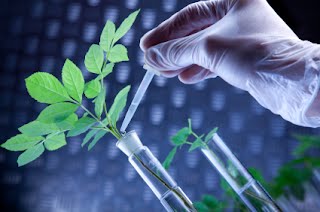From Lab to Field: The Power of Biotechnology in Agriculture

About Course
Biotechnology is revolutionizing the way we grow food, fight crop diseases, and address the global challenges of food security and climate change. “From Lab to Field: The Power of Biotechnology in Agriculture” is an exciting journey through the science and innovations that are transforming modern agriculture. Whether it’s creating drought-resistant crops, reducing the need for harmful pesticides, or improving nutritional content, biotechnology offers powerful solutions rooted in cutting-edge science.
This course introduces students to the core techniques, real-world applications, and future potential of agricultural biotechnology. Students will explore how genetic engineering, CRISPR, plant tissue culture, and precision farming are reshaping farming practices globally. We’ll also examine the controversies, ethical concerns, and regulatory challenges surrounding biotech use in food systems. With case studies, visuals, and practical insights, learners will leave with a well-rounded understanding of how lab-based innovations can feed the future.
Course Content
Introduction
Definition of Biotechnology
00:00Brief overview of the agricultural industry
00:00Importance of biotechnology in agriculture
00:00